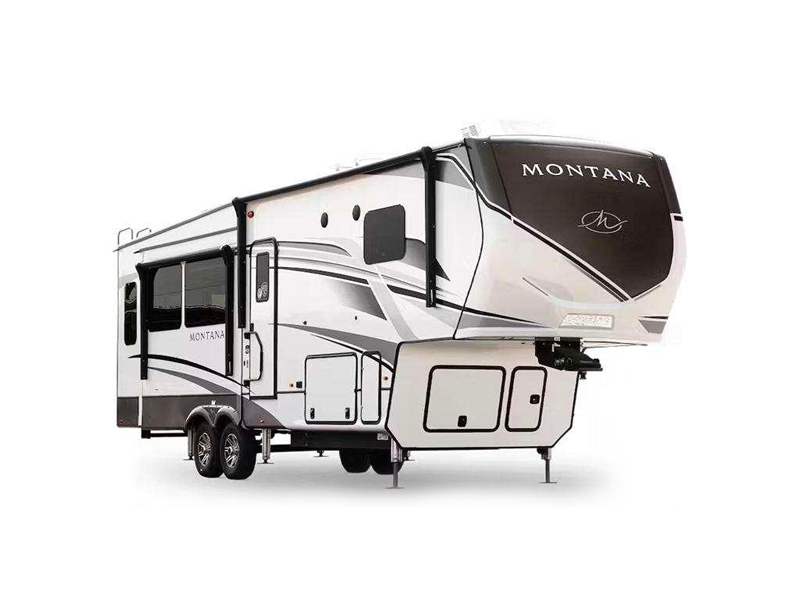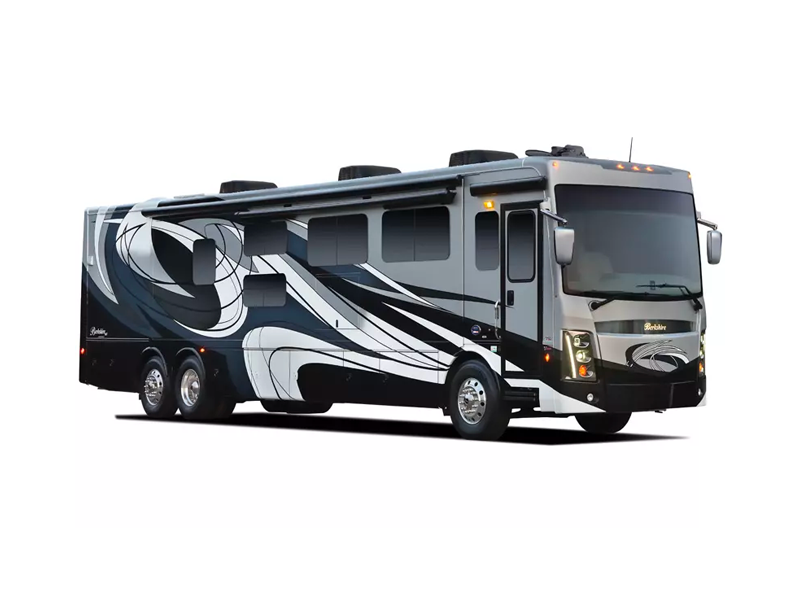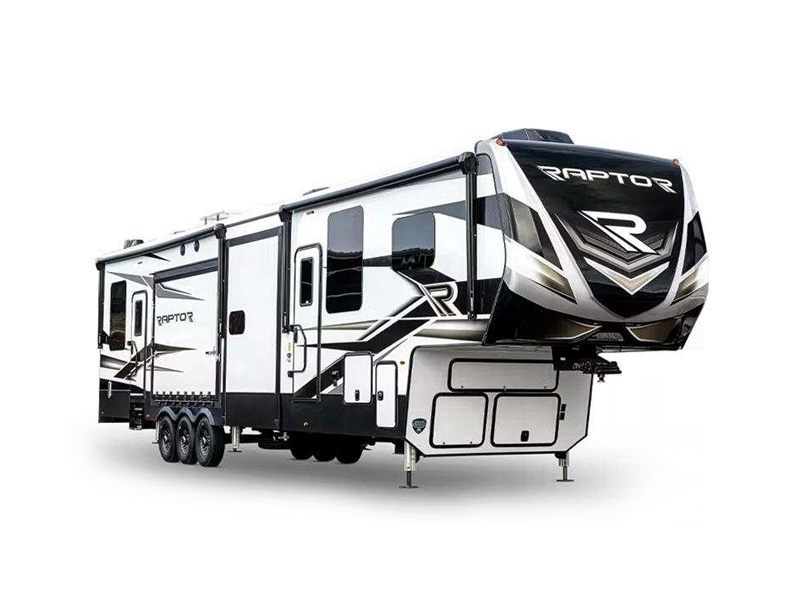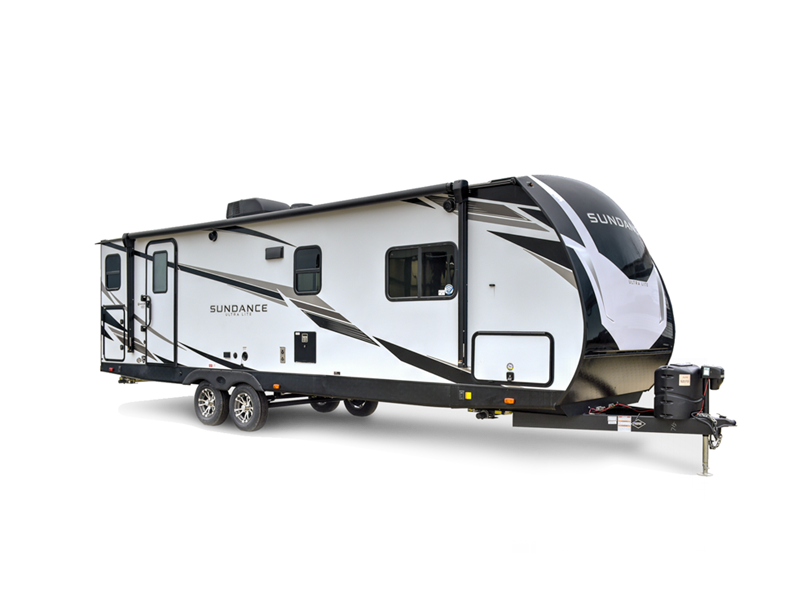Summary
Don’t let Jack Frost wreck your RV. Let our experts winterize it for you—schedule your service at RV Depot today!
As the crisp air rolls in and temperatures drop, it’s time to start thinking about your RV’s cold-weather game plan. Winter can be brutal on RV plumbing, batteries, seals, and systems—but with the right winterization process, you can protect your investment, avoid costly repairs, and ensure your home-on-wheels is ready to roll when the warmer months return.
Here’s your complete guide to keeping your RV safe and sound all winter long.
✅ Step 1: Remove & Bypass Water Filters
Before anything else, take out and bypass your in-line water filters. Winterizing chemicals and antifreeze can damage them, so removing them protects your water system. While you’re at it, check if your filters are due for a replacement. It’s a good time to give your RV’s water system a little TLC!
🚽 Step 2: Drain Black & Gray Water Tanks
Don’t leave waste sitting over the winter—it’s a recipe for frozen damage and nasty smells. Drain the black tank first, then the gray tank. After emptying, rinse your black tank with a cleaning wand or black tank cleaner to flush out residue. Clean tanks = happy spring camping.
💧 Step 3: Drain Your Water Heater & Plumbing Lines
Turn off your water heater and let it cool down completely before draining it. Once it’s safe, remove the drain plug and open the pressure relief valve. Then open all your faucets (hot and cold), flush the toilet, and drain all lines. You’re aiming to get all water out of the system—because even a little water can freeze and cause a lot of damage.
🔁 Step 4: Bypass Your Water Heater
Never run antifreeze through your water heater. Use your RV’s built-in bypass valve if available—or stop by RV Depot and we’ll install one for you. This simple step prevents contamination and protects the heater from unnecessary chemicals.
🧪 Step 5: Add Antifreeze OR Blow Out the Lines
Now it’s time to protect those pipes:
-
Option A: Add Antifreeze
Either install a water pump conversion kit or disconnect the pump inlet and place it in RV-safe (non-toxic) antifreeze. Run the pump, turn on faucets one at a time until antifreeze flows through both hot and cold taps, and don’t forget to flush the toilet and pour a little into each drain.
➕ Bonus Tip: Push the city water valve with a screwdriver to check for antifreeze flow. -
Option B: Blow Out the Lines
Prefer to avoid antifreeze? You can blow out your water lines using compressed air at 35–40 PSI. This pushes out any remaining water and prevents freezing.
🧊 Winter RV Use: It’s Still Possible!
Yes, you can still camp in your RV while it’s winterized—you just have to get a little creative. Use water jugs for drinking and washing. Flush the toilet and drains with RV antifreeze as you go. Just remember: add antifreeze to your black and gray tanks to keep things from freezing up.
🧯 Step 6: Protect Pipes & Fixtures
If you’re storing your RV in a place where temps drop below freezing, wrap any exposed pipes with foam insulation. For extra protection, add heat tape to vulnerable lines. These small additions make a huge difference in preventing busted pipes.
🚪 Step 7: Seal Windows & Doors
Cold air sneaks in through gaps in seals and seams. Use weather stripping or caulk around doors and windows. For extra warmth, hang thermal curtains or use reflective window covers. Not only does this help in storage—it’ll make cold-weather camping far more comfortable.
🛞 Step 8: Protect Your Exterior
Give your RV a good wash and wax before storage—road grime and salt can eat away at your finish. Check the roof and seams for cracks or peeling sealant. Apply RV-safe sealant where needed, and cover your rig with a winter-specific RV cover to guard against snow, ice, and UV rays.
🧪 Step 9: Prep Your Holding Tanks
After draining and cleaning your holding tanks, add a bit of RV antifreeze to each one. It prevents any lingering liquid from freezing and damaging valves or sensors. Use only RV-safe antifreeze—it’s non-toxic and made specifically for this purpose.
🔋 Step 10: Store Your Batteries
Batteries don’t like the cold. Disconnect and clean them, then store them in a cool, dry place. Keep them charged throughout the winter with a trickle charger or maintainer. Frozen batteries = dead batteries = not fun come spring.
🚐 Motorized RV Bonus Tips
If you’ve got a drivable RV:
-
Fill your fuel tank and add stabilizer
-
Top off all fluids
-
Run the engine for a few minutes to circulate the antifreeze
-
Set the parking brake
-
Check your radiator antifreeze levels
🛠️ Or Just Let RV Depot Handle It!
We get it—not everyone wants to DIY their winterization. Good news: Our certified techs at RV Depot are winterization pros. We’ll drain, flush, insulate, seal, and prep your rig so you can rest easy all winter long.
Need a cover? Need service? We’ve got it all in stock. Come see us and we’ll make sure your RV is ready for hibernation—or for winter adventure.
Ready to Winterize Your RV? 🧣
👉 Whether you’re parking it for the season or planning some cold-weather camping, proper prep makes all the difference.
📍 Visit RV Depot or call us today to schedule your winterization service—your RV will thank you come spring!






